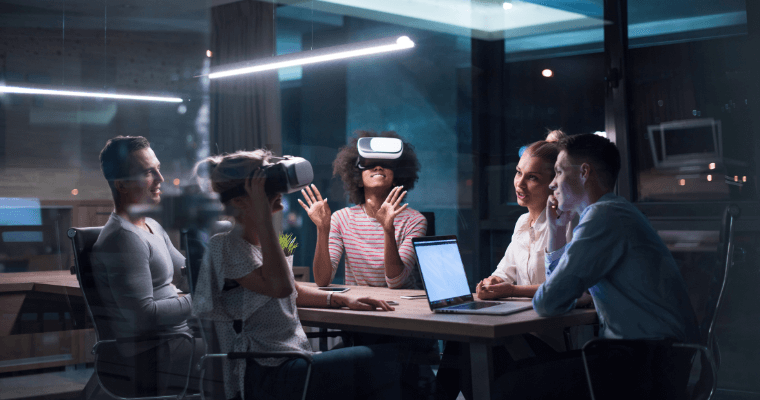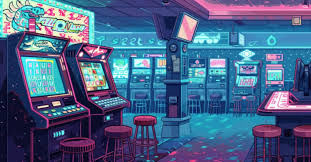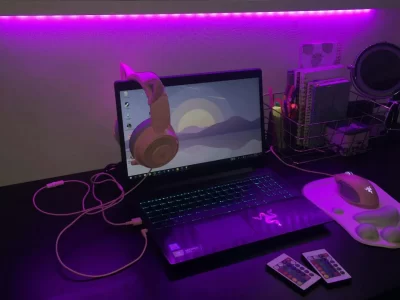
The world is changing rapidly, and the companies need to be creative and innovative to succeed in the challenging world. They should leverage 3D immersive environments. Picture having the ability to walk around pyramids, learn from historical structures without leaving the house or virtually doing an operation before performing the real one.
Such pioneering phenomena based on VR, AR, and MR are now shaping up economies including but not limited to education, healthcare, property and estate, and entertainment sectors. Now, let us look into how these forms of experiences are revolutionizing various industries:
Enhancing Customer Engagement
The use of 3D technology in the various activities can be seen to facilitate increased levels of customer engagement. In a world overloaded with information, capturing attention is crucial. These environments provide an effective means though which audiences can be engaged with the products and services in a far more engaged manner.
For instance, in the retail industry, brands employ immersive 3D technologies to design virtual stores. Customers can walk around their homes and consider how furniture would blend in with spaces by using these apps. Also, they can determine how certain outfits would look on them among others. This interactive experiences results in better decisions and greater customer satisfaction.
Revolutionizing Education and Training
Education is another sector that has been proved to enhance through the use of immersive 3D experiences. Unfortunately, the conventional methods of training prove to be least effectiveness in capturing the students. Through the use of 3D technologies, instructors can devise models, which help learners grasp and remember difficult concept. Also, it helps in gaining attention of students and trigger their interest.
For example, medical students can use virtual reality to simulate surgeries and have the feeling of performing operations in an actual operation theatre. It not only increases confidence levels but also helps prepare future professionals for actual practice. Additionally, immersive experiences cater to diverse learning styles, making education more inclusive and effective.
Streamlining Design and Prototyping
In fields like architecture, engineering, and product design, immersive 3D experiences are revolutionizing the design and prototyping process. Designers traditionally relied on 2D blueprints, which often led to misunderstandings and costly revisions. With immersive technologies, they can create virtual prototypes for stakeholders to explore in real time.
This capability allows for better visualization of projects, enabling clients to walk through virtual buildings or interact with new products. Such experiences provide valuable feedback before construction or manufacturing begins, saving time and resources while increasing client satisfaction.
Moreover, teams can collaborate more effectively in shared 3D environments. Virtual meetings allow participants to manipulate designs and make adjustments collectively, enhancing creativity and innovation.
Driving Innovation in Healthcare
The healthcare industry is also embracing immersive 3D experiences. Beyond medical training, these technologies assist in patient treatment and therapy. For example, VR is used in pain management and rehabilitation, distracting patients from pain or anxiety during treatments, which improves outcomes.
Additionally, immersive experiences enhance patient education. Healthcare providers can use 3D visualizations to explain medical conditions and treatment options clearly. This understanding helps patients make informed decisions about their health.
3D printing technology has also gained traction in healthcare, allowing for the production of customized implants and prosthetics. By creating 3D models based on patient data, professionals can deliver tailored solutions that improve patient outcomes.
Transforming Entertainment and Gaming
The entertainment industry has led the charge in adopting immersive 3D experiences, particularly in gaming. Virtual reality gaming has exploded in popularity, allowing players to step into virtual worlds, interact with characters, and experience narratives in unprecedented ways.
This trend extends to other entertainment forms, like movies and concerts. Filmmakers explore VR storytelling, enabling viewers to immerse themselves in narratives from different perspectives. Virtual concerts bring fans closer to their favorite artists, regardless of location, creating unforgettable experiences.
Facilitating Remote Collaboration
In today’s globalized world, remote collaboration is more important than ever. Immersive 3D experiences are bridging geographical gaps, allowing teams to work together effectively from anywhere. By creating shared virtual spaces, colleagues can meet and collaborate on projects in real time, regardless of their physical location.
This approach fosters a sense of presence and teamwork that traditional video conferencing often lacks. Teams can visualize and manipulate designs collectively, making discussions more interactive and productive. This capability is invaluable in industries where collaboration and creativity drive success.
Conclusion
Immersive 3D experiences are essential tools for innovation across industries. By enhancing customer engagement, revolutionizing education, streamlining design, driving healthcare advancements, and transforming entertainment, these technologies reshape our interaction with the world.
As we look ahead, embracing immersive 3D experiences is crucial for businesses aiming to remain competitive and relevant. The potential for innovation is limitless, and those who harness immersive technology will lead the way into a more engaging and dynamic future. Whether in retail, education, healthcare, or entertainment, immersive 3D experiences are paving the path for a new era of creativity and progress.











